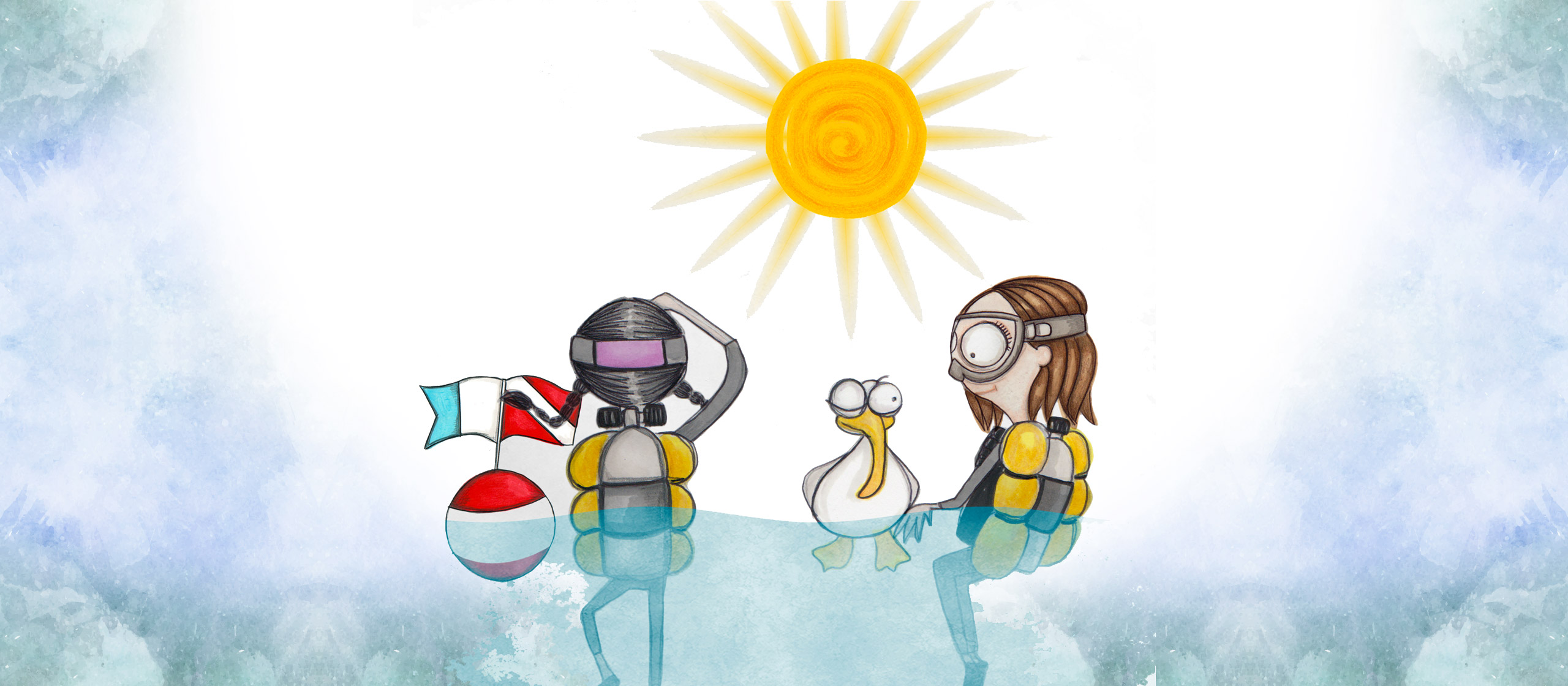Features
Talking underwater
For safety reasons, but also to have more fun, we communicate underwater, and share details and info. Our wish could be to signal that a dolphin is passing by, or that we want to ascend, or that we reached the ‘fifty bars’ limit. And how can we do that with a regulator in our mouth?
Some diving pros use a so-called ‘full face mask’. These are special masks that encompass the mouth and allow the lips to be free of holding the regulator mouthpiece. Some even have a microphone and transmitter, as well as earphones that let you hear underwater, but this is not a common or easy solution. Most divers communicate really well underwater simply by using hand gestures.
We use a sort of sign language, that if used creatively can be extremely effective and fun. There’s a variety of signals, we will list only a few to give you an idea of how they work.
The first hand signal that divers learn is the OK sign, which means: everything’s fine. To give the OK sign, you make a small circle with your index finger and thumb.

The opposite of the OK sign is the ‘Something is wrong’ hand signal. It is done opening a hand with the palm facing downwards and the fingers outstretched, and then rocking the hand back and forth on the axis of the wrist. After giving the Something is wrong signal, the diver is required to explain where the problem has occurred by pointing to the area with the index finger, for example the ear if they feel discomfort there.
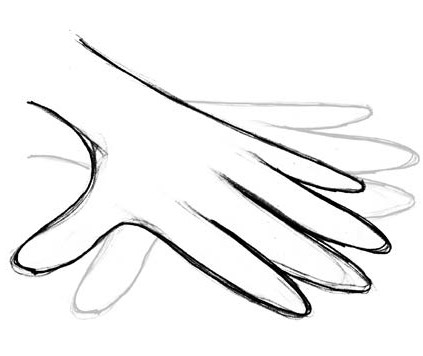
The hand signal over which major discussions and misunderstandings arise is the ‘Go up’ sign. Extend your thumb upwards, copying the Facebook ‘like’ symbol. Often novice divers get mixed up. Be careful to use this sign properly with your buddy or instructor, or you could find yourself back on the boat even if you were having a great time underwater!
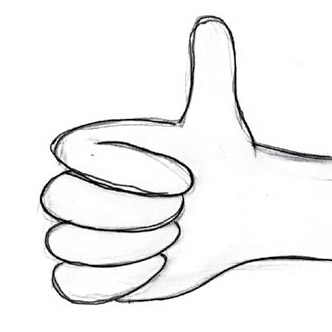
‘Go down’ on the other hand is just like the ‘dislike’ symbol, which is with the thumb pointing downwards. In this case too, don’t confuse the underwater world with Social Networks…
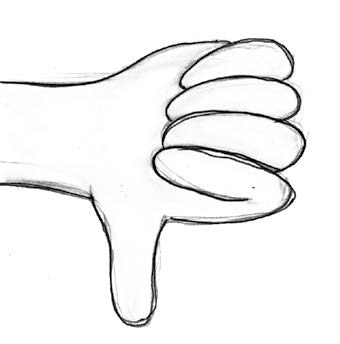
‘Slow down’ and ‘STOP’ are the same signals that you’d use in traffic to ask another driver to slow down or stop.
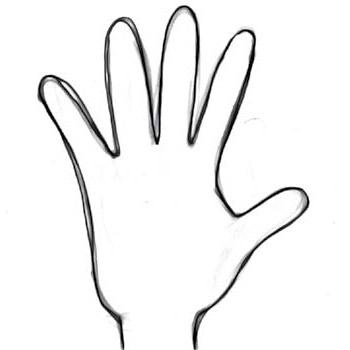
If there’s something to look at, you touch the glass part of your mask with your index and middle fingers in a V shape: this sign means ‘Look’, but then, just like when signalling ‘Something is wrong’ you need to point to the subject, be it a marine creature or a piece of equipment.
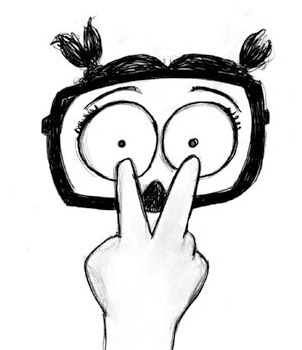
There are also hand gestures to indicate the presence of certain marine creatures. If you put one hand over the other and move your thumbs, you are signaliing a turtle; if you pretend to open a can it means there’s a tuna, and if you move two fingers mimicking the little antennas on the head of a snail, you’ve spotted a nudibranch.
The shark sign is done holding your hand upright on your forehead, just like a fin cutting the water’s surface. For a grouper instead, put your hand on the sides of your face and open and close them, mimicking the movement of the grouper’s huge gills.
What about if the diver we want to communicate with is not looking in our direction? There are many ways of attracting a diver’s attention during a dive. The most common is to strike the tank with a metal object. Sharp or clanking sounds travel well underwater, and can be heard at a distance. Some divers choose to use a plastic ball tied to the tank with an elastic band to produce a banging sound, others use ‘shakers’, which are small metal cylinders with rattling metal marbles inside. There are also acoustic devices that work with the air of the tank, that can be heard very well underwater and make a quacking sound.
And during the night? At night, divers use torches underwater. You can simply shine your torch on your hand to signal your buddy if they are close by. But at a distance, or if you need to signal a group of divers, you need to use your light to draw different shapes: draw a circle to signal OK, or move the light horizontally to signal a problem.
Divers carry whistIes and other acoustic devices to show their presence even at great distances. There are also surface signals. These are usually needed to communicate with the boat or with the shore, from a distance, so divers use their arms and not just their fingers.
In this instance, the OK sign is done by forming a circle with both arms over your head, or just one arm if your other hand is holding something.
Finally, if you are a diver avoid signalling hello to your aunt on the boat or on the shore by waving your arms wildly. What you meant as a harmless gesture could cause a general warning. Remember that for divers waving your arms in the air means: ‘Help!!!’
In life, we are used to keeping a diary where we write down our most significant events. Each diver has a personal diary, called logbook, where he/she writes about each single dive. You can use the following pages to start your first logbook and record each time you find yourself under the surface of the sea.
| Download your LOGBOOK |

